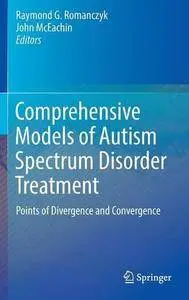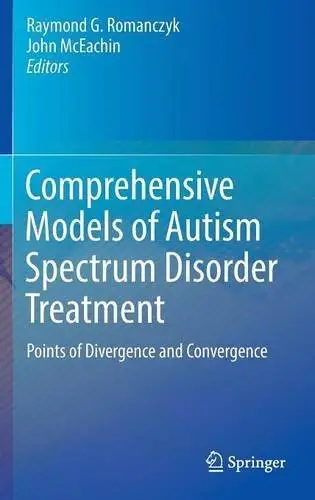Comprehensive Models of Autism Spectrum Disorder Treatment: Points of Divergence and Convergence by Raymond G. Romanczyk, John McEachin
2016 | ISBN: 3319409034 | English | 149 pages | PDF | 7 MB
2016 | ISBN: 3319409034 | English | 149 pages | PDF | 7 MB
This book presents proceedings from the joint conference, Evidence and Rationales for Comprehensive Models of Autism Spectrum Disorder Treatment: Divergence and Convergence, sponsored by the Council on Autism Services and the Autism Partnership. It addresses the growing need for, and current lack of, effective services for children with autism spectrum disorder (ASD) and compares several key evidence-based interventions. Chapters examine various approaches to ASD treatment, including key concepts, goal development, procedures, and staffing.
This unique volume explores fundamental similarities and differences among leading treatment models; discusses the challenges of implementing programs, educating parents, training staff, and funding issues; and speaks to the need for more meaningful collaboration in this multidisciplinary field. Using an integrative perspective, new tools are presented to help readers make informed choices about how to select and advocate for specific treatments and develop individualized interventions for improved outcomes for children with ASD.
Featured topics include:
The Lovaas Model.
The Early Start Denver Model.
The New England Center for Children’s Autism Curriculum Encyclopedia (ACE®).
The value of applied behavior analysis (ABA) as a treatment for autism.
Implementation parameters for ASD treatments.
Comprehensive Models of Autism Spectrum Disorder Treatment is an essential resource for clinicians, practitioners, applied behavior analysts, therapists, educators, and administrators as well as researchers and graduate students in school, clinical child, and developmental psychology, behavior therapy, special education, social work, child and adolescent psychiatry, rehabilitation medicine/therapy, and pediatrics.



